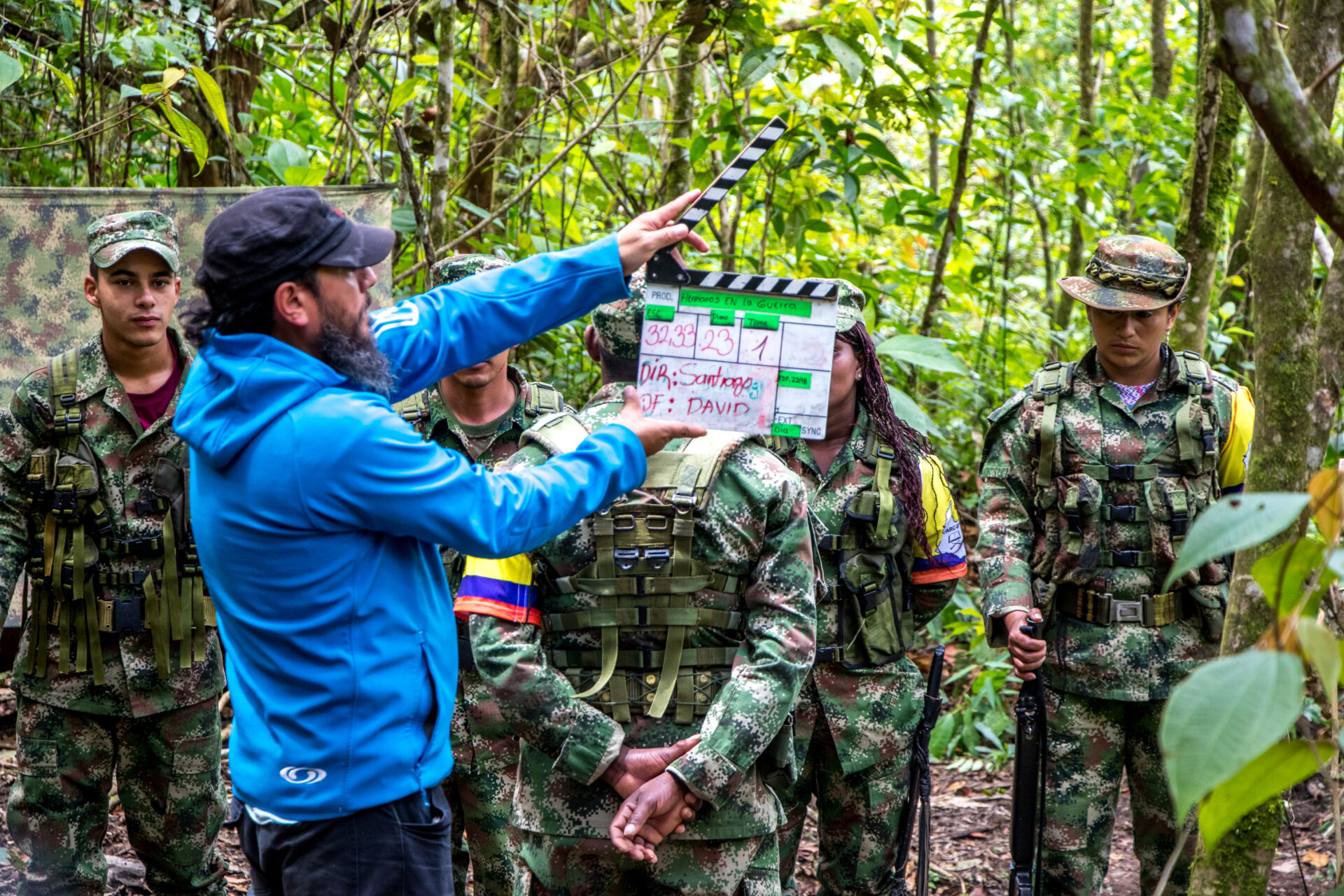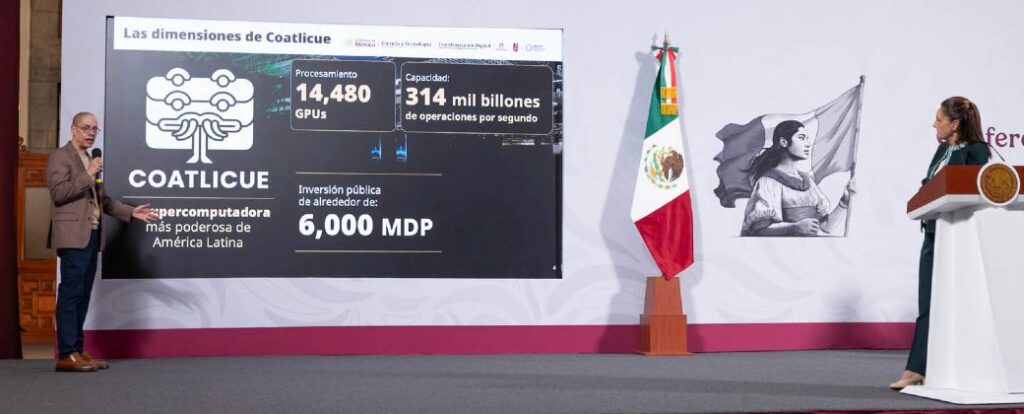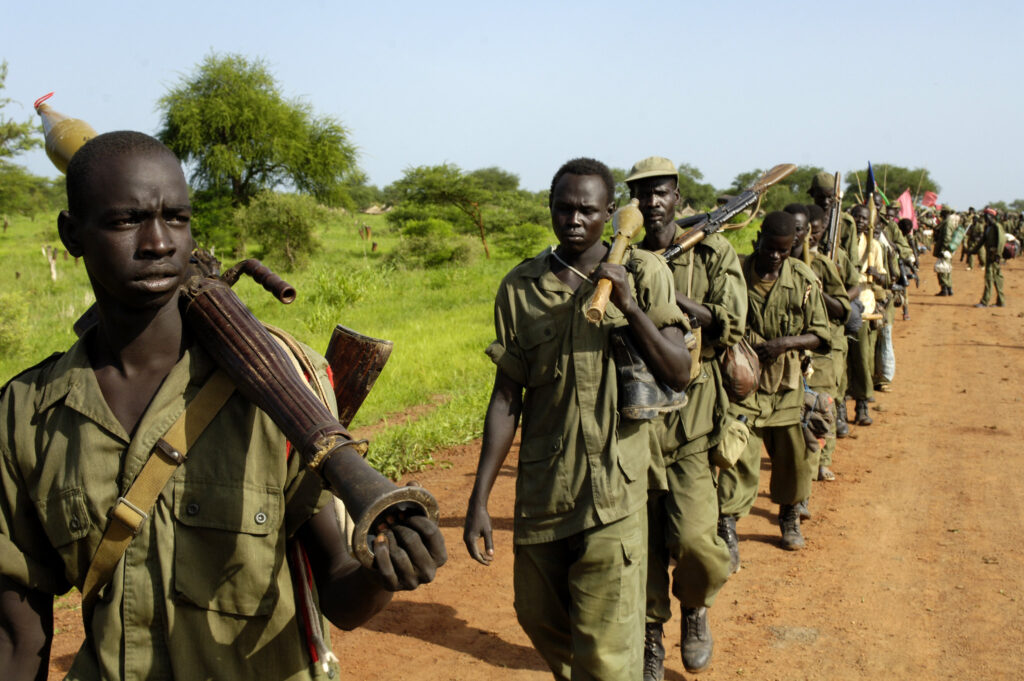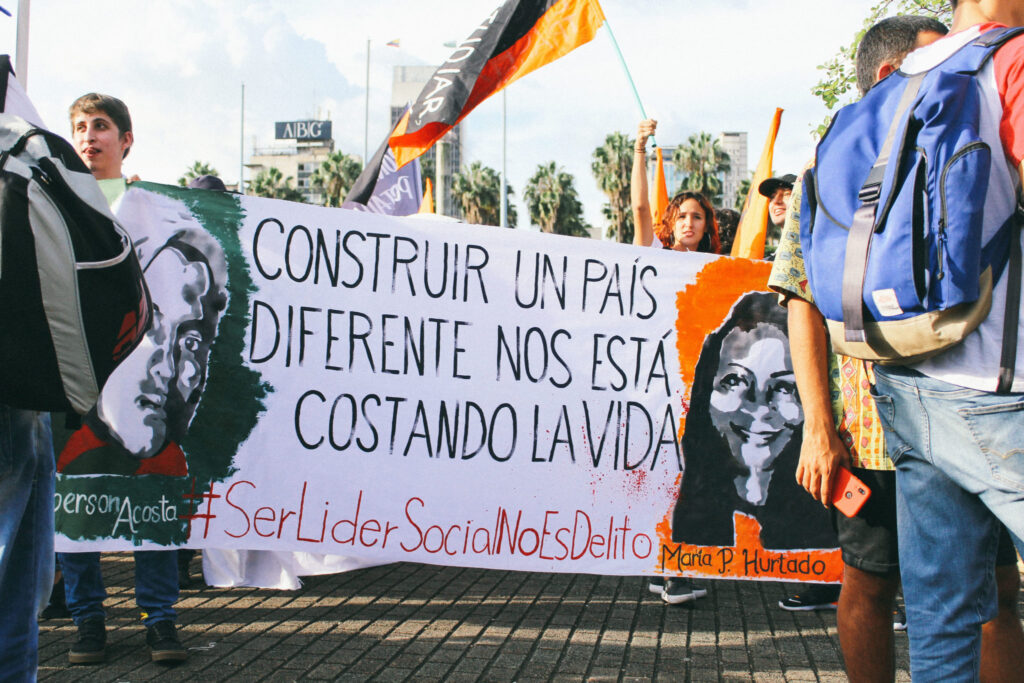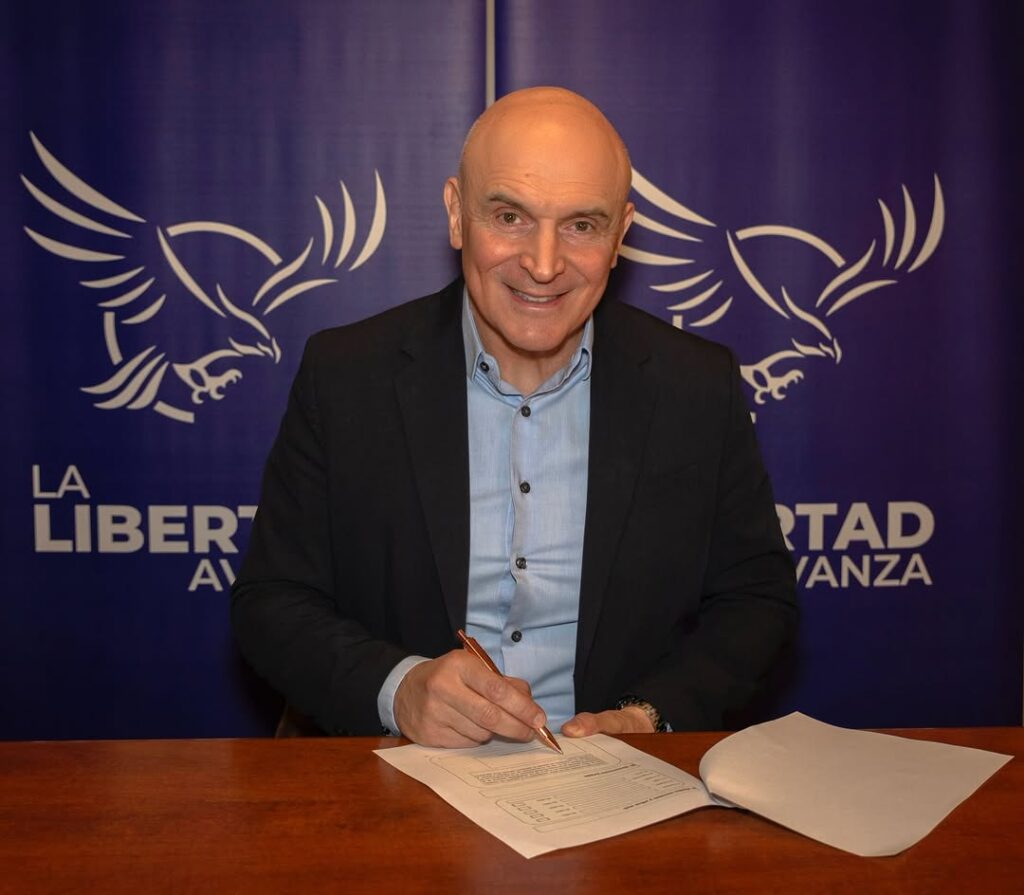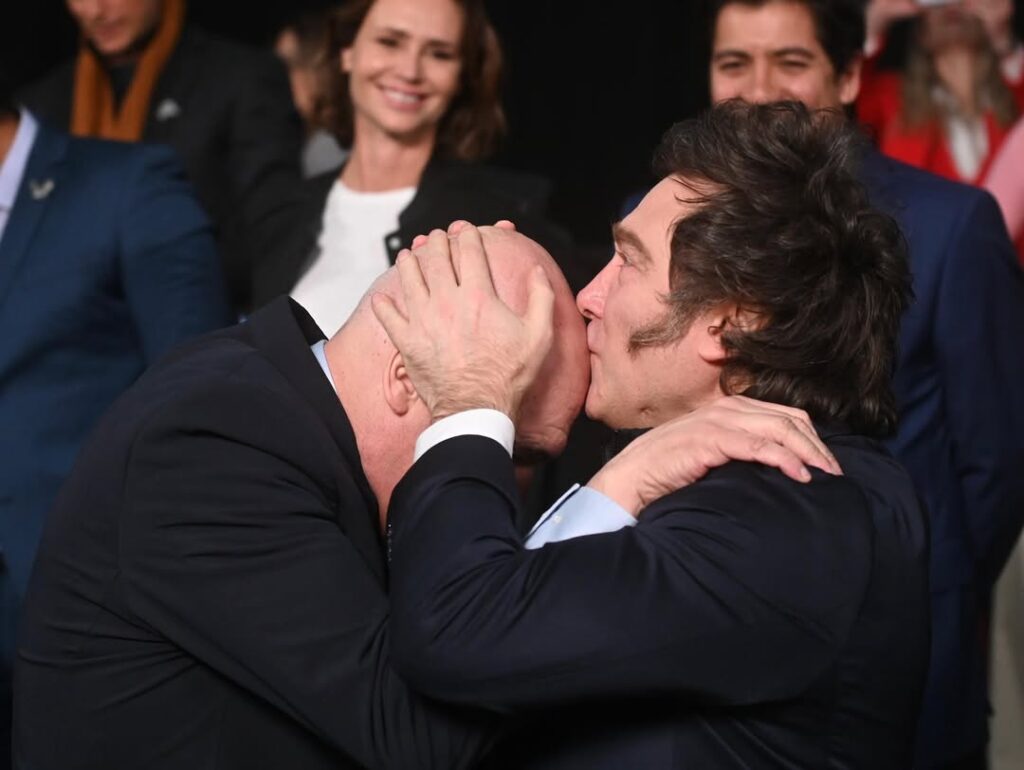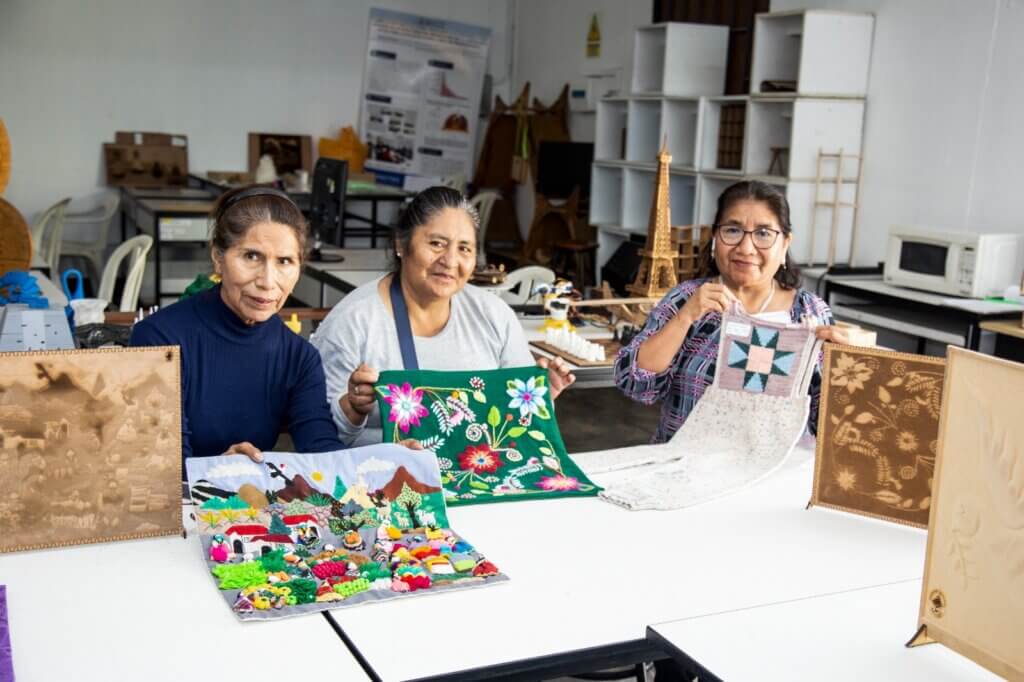“The tribunals are there to judge – this is to relate what was lived – real lives and real stories. It’s not trying to forgive or propagandize: it’s just art, storytelling, expression,” says Ricardo Coral, the Colombian film director who coordinated the project.
The movie is deeply intimate and palpably personal to those involved – even more moving for its simple style and the realism of its dialogue. It was entirely written, filmed, directed, and acted by former combatants.
There are many documentaries about Colombia’s long and bloody civil war, but this is the first of its kind: autobiographical fiction – vignettes woven into an anthology, which depicts violent transformation and military life, but also friendship, daily life in the guerilla, and love.
Even the sound engineering was done by demobilized FARC soldiers, part of a project to re-capacitate young people who had been recruited at an early age, and who had missed out on education and work experience. But it gave the team much more than skills and technical knowledge – it gave them catharsis, and representation – a blow to what Coral calls the ‘permanent amnesia’ of Colombia in relation to its history.
“Cinema is memory,” he tells Latin America Reports, “but it’s also a tool of social transformation. The team were in a process of handing over their guns, which had been symbolic for them as a tool of justice, and a mark of belonging and identity in the FARC.”
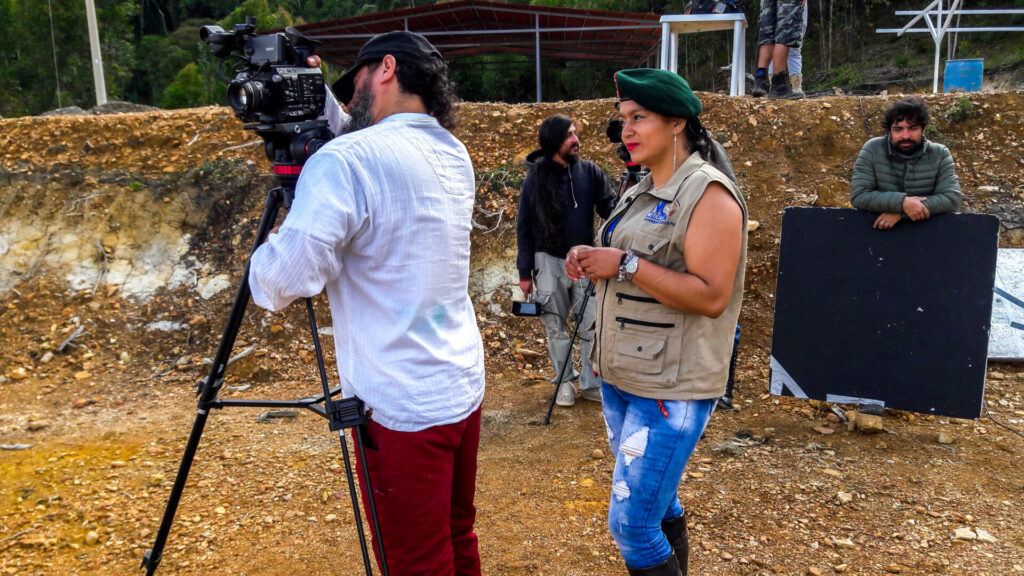
The team are quick to tell me that it’s not a political exercise or an attempt to revendicate the image of the FARC, but just their stories – the reality of daily life in the jungles and mountains in Colombia amid a bitter civil conflict.
“Nobody denies the crimes of the FARC, the horrors committed, but what’s in this film is also true – these memories are also part of the story,” says Coral.
The story has been, overwhelmingly, told by and about men, Xiomy Martinez, a female combatant-turned-sound-technician-and-actress, tells me.
“My purpose is telling the other side – stories of women – our loves and our friendships and our bonds and camaraderie, as well as the reasons we joined in the first place – people with no food at home, people who just wanted a chance at education, and those who came for political reasons too, those had suffered state or paramilitary crimes, had their houses burnt or their crops destroyed.”
The teamwork on set echoed the closeness of communal living in a FARC camp, Martinez says, with the same early starts, outdoor projects, and communal meals they were already used to.
“It was a great process – we became a familia,” Martinez tells me, “But we fought like a family too, you know? There’s always that one cousin doing things someone doesn’t like,” she laughs. “But that’s what helped us survive so much, including losing loved ones, that sense of humor, joking around, teasing one another.”
The filmmaking process was easier than Coral had imagined. The group picked up cinematography in no time, being well-used to having to quickly pick up new skills and adapt to new situations – switching from communications to nursing to logistics and combat.
“Audiovisual production is like an army, there’s heads of team, a lower command, those who follow orders – soldiers are used to order and obey and collective work – that’s how they lived in the FARC – in collective effort, with aims and projects in common.”
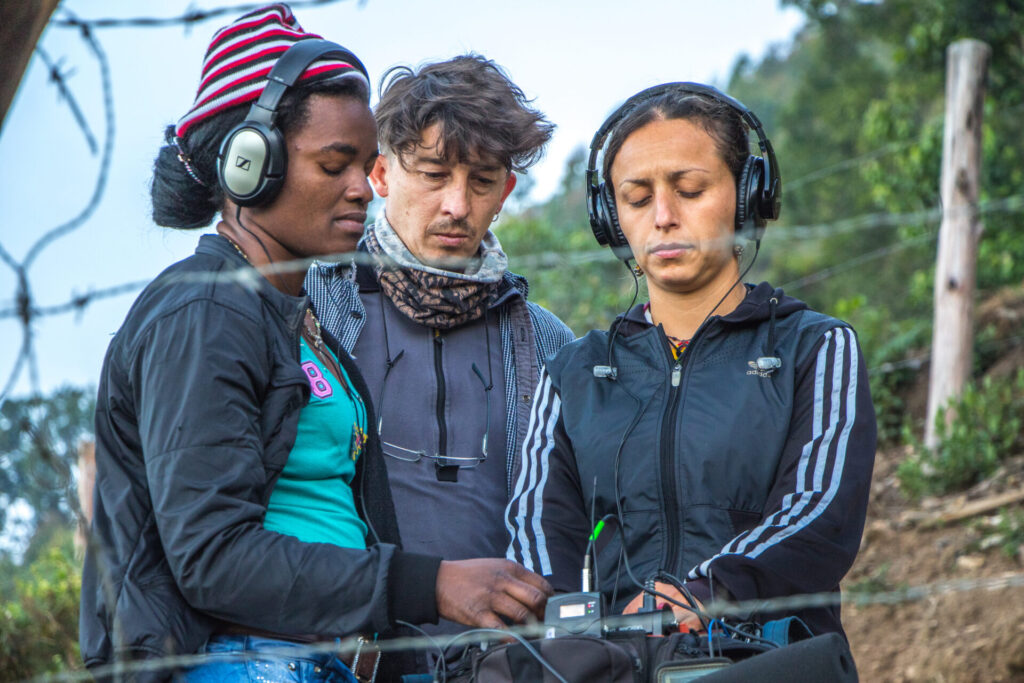
Some of the team even had experience acting, having put on theater shows in the guerrilla camps for other soldiers and sometimes for local communities too.
“We used to do theater in the FARC – I remember the last show I did was about aerial fumigation of coca crops,” Martinez tells me animatedly, “Some comrades even played animals or flowers, affected by the glyphosate chemicals they were spraying overhead.”
“I’d done some acting, but nothing like a film, but I’ve always been like that – ‘Let’s do it!’ – but sure, sometimes we had to do a lot of takes on things – ‘“Scene 1, Take 20!’” she remembers, laughing raucously.
But for Coral, that quick-to-learn capacity and aptitude was bittersweet.,
“It revealed the injustice of the country. Seeing the obvious potential of rural youth without formal education, and thinking about the opportunities they just never get. These are resourceful, smart, hard-working guys – from the jungle to the film set.”
Coral met the team in the earliest days of demobilization: the group were living in a half-built reintegration camp, fearing for their security and not sure what was next for them.
“We were scared, disorientated, and demotivated, tired of the camp staff coming and going, leaving because of security risks, tired of the risk of being killed ourselves,” says Martinez.
For the team, the film was a lifeline, she explains – and income from downloads of the film still is. The peace process was an impressive 300-page document which was cause for huge hope and celebration in the country in 2016, but has lacked implementation under the current government.

Former-FARC combatants, despite taking part in the peace deal, still face huge barriers to reintegration into society as well as ongoing security risks – nearly 300 former-guerrillas have been assassinated since the peace deal was signed. The film collective is named after one of the murdered combatants: David Marín, a friend of the team who was killed in 2018.
“We were never afraid of peace, we were afraid of being killed. We still are – it’s hard to go out knowing you might get killed, for being a former guerrilla, for being a rural farmer, for being a woman. It’s awful to continually read about the assassinations, it’s enough to drive you crazy – what are we supposed to do?” says Martinez.
The official narrative has been singular and repeated by the media, she saidtells me, and it has failed to humanize actors on both sides in a still-polarized Colombia, in which the left and right still demonize one another, and the figure of the FARC remains controversial. It was only a matter of months ago that the United StatesUSA removed the FARC from their list of terrorist organisations – half a decade after the group laid down arms.
Arms may have been laid down, Martinez says, but the country is still in dire need of deep reform, and the struggle for progress is not over, though it’s now on the streets and in institutions.
“So many people want change, I hope we keep fighting to change the system, not just the government – if the institutions stay in the hands of the same people, nothing changes. We must unite for the common good.”
And storytelling remains at the heart of that, says Martinez, who has also testified at the Truth Commission about rapes and abuses by American troops during the civil conflict.
“This country is weighed down with stories – so many sad stories, but also stories of struggle and bravery – and of everyday life – who tells those? Telling the story is so important – there are so many younger people who don’t know what’s going on.”
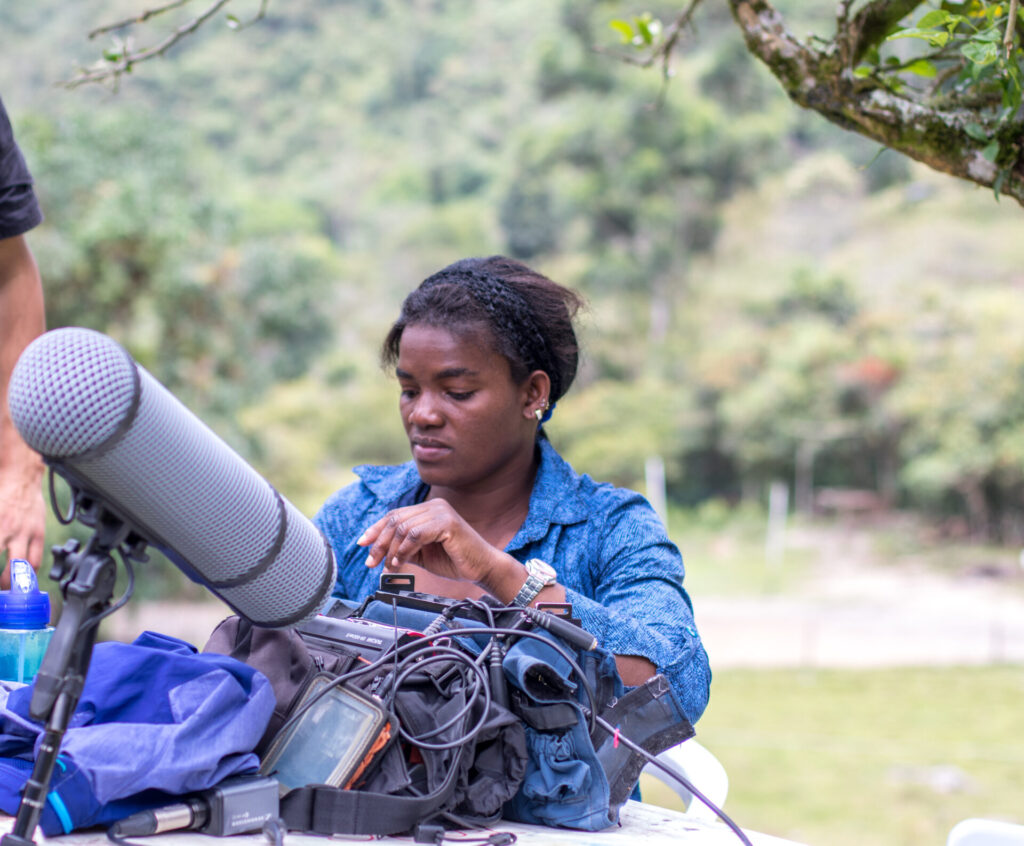
She hopes the collective will come together again to make more films,
“Not just to humanize the war, but to humanize one another – my neighbor, your uncle. This is how we can learn, how we can get to know one another – let’s tell our stories, let’s make movies. This country has a lot of stories to tell before it can heal.”
You can now stream the movie here – English subtitles available


